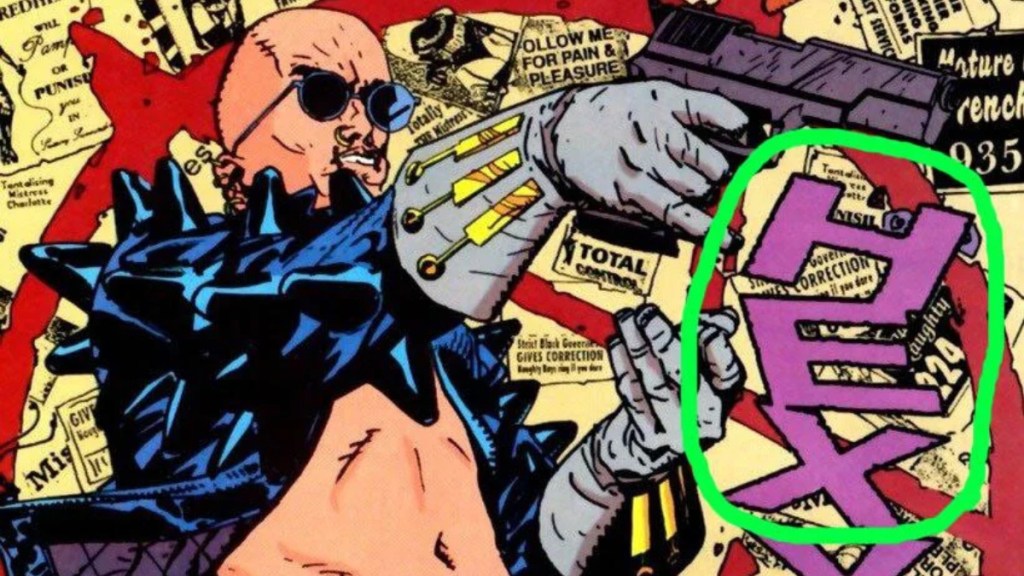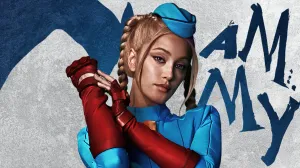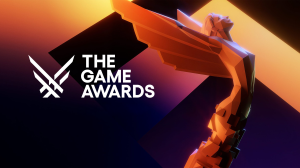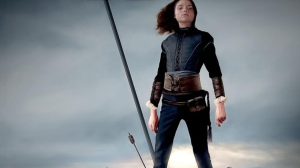The ’90s don’t exactly have the best reputation when it comes to comics. There is very good reason for this — the rise of the superstar artist led to Marvel and Image Comics going with a style over substance approach that made for a lot of bad comics. DC Comics was chasing the success of “The Death of Superman”, while also putting some of the best written superhero comics of all time. Meanwhile, the rise of indie publishers like Image, Dark Horse, Valiant, and more all gave readers alternatives to the Big Two, although DC’s Vertigo line was matching them. That said, the ’90s has its share of great comics, and several of them came from one of DC’s most innovative creators — Grant Morrison. Morrison made their name with books like Animal Man and Doom Patrol, bringing a hallucinatory edge to comics that had been missing for years. With the 1993 dawn of Vertigo, Morrison gave readers a book that deserves its place as one of the greatest comics of all time — The Invisibles.
Videos by ComicBook.com
The Invisibles was quite different from its fellow Vertigo ilk. Vertigo was known for its very British, very goth presentation, as many of its creators began their American comic careers as part of DC’s British Invasion. The Invisibles tapped into a different kind of energy, but one that is recognizably of the ’90s. The Invisibles is one of the most complicated comics ever written, which makes it an endlessly rewarding book. The Invisibles is the most ’90s comic of them all, typifying an era of comics and pop culture that often gets misjudged by those who came later.
The Invisibles Captured the ’90s in All Their Messy Glory

It’s much harder to explain the ’90s than it seems. Gen X and the Xennials came to age in a world ran by the boomers and inherited several things from them, mainly their disdain for authority and their taste for hedonism. A big part of the ’90s is the mainstreaming of conspiracy culture, something the boomers loved more than most people realize. Ever since JFK, Vietnam, and Watergate, there was this idea that the government could not be trusted and that there were a million secrets. On top of that, electronic dance music reached new levels, creating a rave culture based around substances like MDMA, ketamine, LSD, and other drugs that gave their users feelings of euphoria. Culture was changing; hip hop was becoming ascendant and rock was fading, grunge and alt rock the last gasps of the rock paradigm. There was a hopefulness to the ’90s, at least for citizens of the US, the UK, and their main allies, influenced by booming economies and new technology. The wealth never seemed like it would end and that combined with constantly growing new technology gave many a sense of utopianism, the idea that there was a bright future ahead if we could move past the destructive and selfish behaviors of the older generations.
Comics had also changed. DC’s British Invasion brought readers a new kind of comic, one that was much more mature in every way. It wasn’t just violence and profanity, although there was plenty of that, but ideas beyond the simplistic morality plays of superhero comics. Discerning readers wanted something different from what came before, and DC was giving it to them with their mature readers, and eventually Vertigo, comics. The goth culture boom of the early ’90s influenced narratives, but the burgeoning club culture wouldn’t hit the comic industry until Morrison birthed The Invisibles into the world. Morrison was deep in the thick of club culture, the new school of occult that eschewed the old ways of ritual and rules for chaos magic, and fashion, which combined the finery of ’60s mod culture with a cyberpunk aesthetic that could be seen in dance clubs around the world. They brought all of these worlds to The Invisibles, a book that threw away the nostalgia of the past, the world of the Beatles, for the shining, unknown future.
RELATED: DC Just Extended an Absolute Series
The key conflict of the book was the Invisibles, a group of ontological freedom-fighting terrorists against the ultimate conspiracy, the Outer Church. The Outer Church consisted of Lovecraftian monsters seen through a lens of hyper technology, fascist order, and monstrous violence. The Outer Church was the power behind the world, ruling from their diseased alternate dimension of frightening order. The Invisibles were a force of joyful chaos, one whose ultimate goal was complete and total freedom. The Invisibles took the idea of shows like The X-Files and intensified them by a million times. Morrison created a group of main characters — King Mob, Lord Fanny (the first two based on them and representing their masculine and feminine sides), Ragged Robin, Boy, and Jack Frost — that would look a home in any dance club in London, clothed in shiny vinyl, dark leathers, and Adidas trainers, but who also knew their ways around guns and explosives.
The Invisibles felt like the ’90s. Morrison mixed in a heady brew of sex, drugs, dance music, conspiracy, the occult, and the hyper violence overtaking the culture through films like Natural Born Killers and Reservoir Dogs, with the hope of the decade underpinning it all. The battle between the Invisibles and the Outer Church felt like the one we were fighting every day, the goal a world of beautiful, chaotic freedom and love or a world of terrible order fueled by hate. The utopianism of The Invisibles was such a huge part of it; the fight may have often seemed hopeless, but they fought because their victory would ensure a better world for all. The book feels like the ’90s; the slang, the fashion, the events, and the ideas were all endemic of a decade of hope that ended up being one that helped the powerful put chains on the world. It’s as mind-altering as any drug passed to you at 3am at a rave in a dirty warehouse, and by the time you’re done with it, you’ll feel changed forever.
The Invisibles Is the ’90s Filtered Through the Comic Page

The Invisibles is the kind of comic that only comes along once every so often. It finds a way to perfectly capture the culture of an entire decade, a work of utopian brilliance that constantly surprises readers with the lengths that it will go to. The ’90s were one of the strangest decades ever; there was a sense of freedom and hope all while the noose of control tightened around our necks. The end of the Cold War brought a feeling that everything was going to change and get better, that we would throw of the influence of Outer Church ideas — conformity, cold order, rigid class differences, masters and slaves — and create a world of the invisible, one that would be the ultimate party at a club where it was always 140 beats per minute and that cute person in the latex was smiling at you.
Of course, we all know how it turned out. The Invisibles saved their world from the powerful, but in the real world, we allowed the forces of conformity, disguised as our fellow utopians, sleeper agents just as nefarious as those of the Outer Church, to take us to the bad timeline. The Invisibles was able to boil the ’90s down to its essence, giving us a road map for rebellion and rebuilding, one we thought we were following. It’s a unique book from a decade that didn’t have that many like it, and while the war was lost in the real world, it’s still fun to read it and imagine what could have been if love had triumphed.








